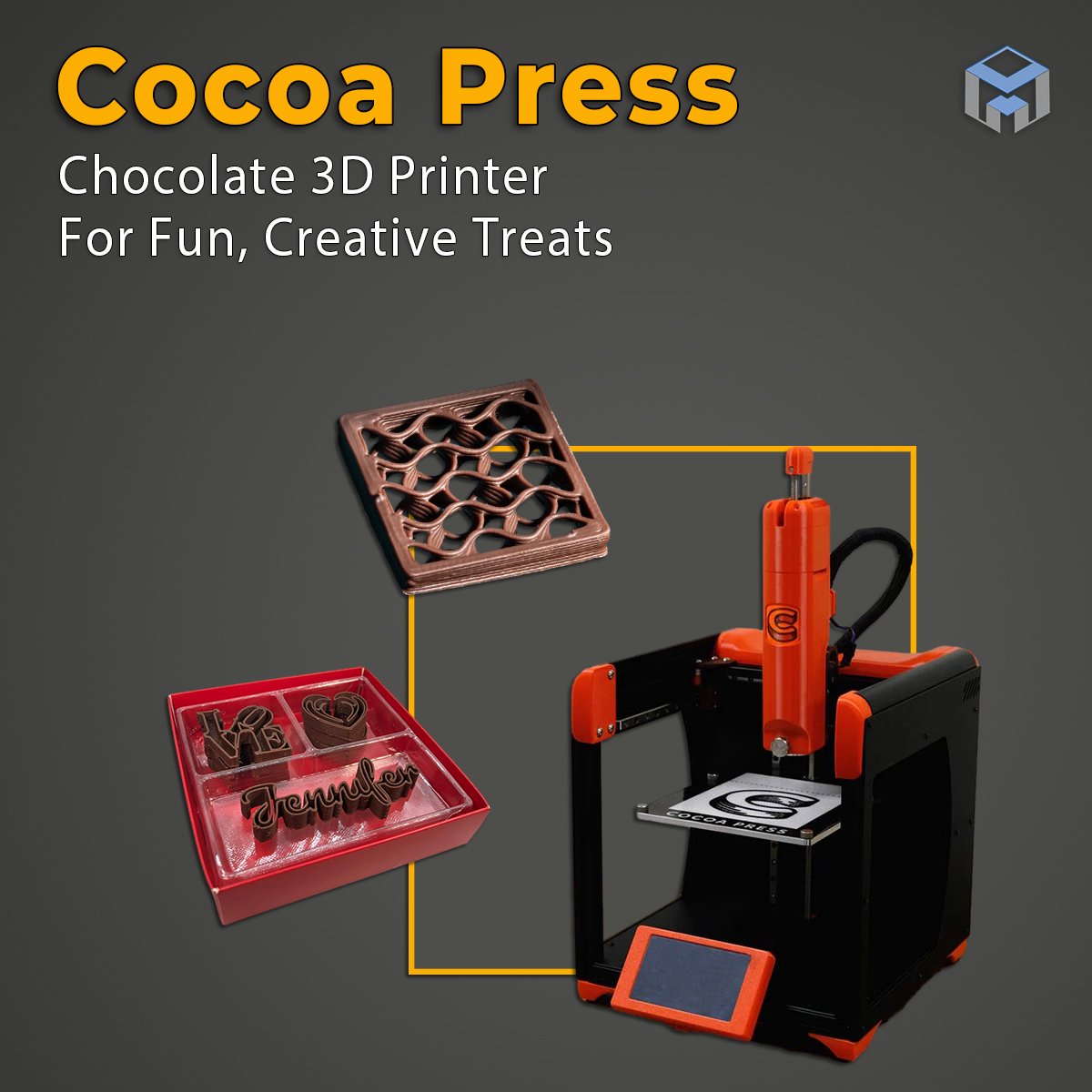How To Format An SD Card Properly - A Simple Guide
What do you get when you combine a 3D printer with an SD card? A lot of frustration, if you don't properly format the card first! Formatting an SD card means erasing everything on it so that you can start fresh. If your 3d prints are stopping unexpectedly or just won't recognize the SD card, this may be the problem. Luckily for us, formatting an SD card is easy to do and only takes a few minutes.
In this quick guide I’ll be showing you 2 methods to quickly format your SD card and get you back to printing.
***The first method is for Windows computers only. Mac users, head to the second method.
First Method
1. Insert your SD card into your computer.
To format your SD card, you'll first need to connect it to your computer. You can do this in several ways:
Insert the SD card into your computer’s SD card reader
If you don't have a dedicated SD card slot on your computer, insert the memory card into an external device (like a USB SD Card reader) and then insert the device into your computer
You must insert the SD card correctly. If not, it could be damaged beyond repair!
2. Click Start, then click My Computer.
Select Start, then click My Computer.
Navigate to your SD card on the left side of the window and select it by clicking once on its name.
Next, look for a drop-down menu that says Drive Letter and make sure it's pointing at the right drive letter (either "F:" or "G:"). Then, click OK.
3. Right-click the name of your SD card and select Format.
Double-click the SD card icon in File Explorer to open it up.
Right-click the name of your SD card and select Format from the menu that appears at the bottom of your screen to open up an options pop-up window.
4. In the File System drop-down menu, choose FAT32 (if available) or exFAT (if you're formatting a card that's 64 GB or larger).
When formatting an SD card, you'll need to choose from one of the following file systems:
FAT32 (default): This is the default format for SD cards, and it works with all cameras.
exFAT: This file system allows a larger storage capacity than FAT32. It's also compatible with Windows and macOS computers.
NTFS: This option is only available if you're using a 64 GB or larger SD card that supports it. Note that NTFS won't work with all devices—only those that support USB Mass Storage mode, such as digital cameras, camcorders, portable photo printers and some phones/tablets with USB ports
For 3D printing, you’ll want to choose FAT32 unless otherwise stated by your printers manufacturer.
5. Click Start and wait for the process to complete.
You should now see that each of your SD cards has been properly formatted. You may now remove them from your computer and store them in a safe place.
Do not remove an SD card until the process is complete, as this can cause corruption on the device.
Second Method
This method involved downloading some software to do the formatting for you. This might seem a little unnecessary instead of just using Windows built-in tools but take it from the SD Association, they goes so far as to recommend against using the tools in your computer’s operating system:
It is strongly recommended to use the SD Memory Card Formatter to format SD/SDHC/SDXC Cards rather than using formatting tools provided with individual operating systems. In general, formatting tools provided with operating systems can format various storage media, including SD/SDHC/SDXC Cards, but it may not be optimized for SD/SDHC/SDXC Cards, and it may result in lower performance.
1. Go to the SD Memory Cad Formatter Download page (click here).
Choose the right version for your operating system.
2. Scroll to the bottom of the End User License Agreement and click Accept
After doing so, your download should start automatically.
3. Install and open the application
I’ll assume that you know how to do this, it’s usually pretty straightforward.
4. Insert the SD card into your computer
Just like in the first method, either insert the SD card directly into your computer or use a USB SD card adapter.
5. In the SD Memory Card Formatter application, select your SD card at the top
It should be the only one available unless you have multiple SD cards inserted.
6. Under Formatting Options, select ‘Quick format’
7. Hit ‘Format’ at the bottom and wait for the process to finish
Once completed, your newly formatted and refreshed SD card is ready to go back in your printer so you can get back to laying plastic.
When you format a SD card, you're doing more than just organizing its contents. You're creating a data structure that makes it easy for computers to read and write files. Formatting can take anywhere from a few seconds to several hours depending on the size of your card and the speed of its connection to your computer. Once complete, though, you'll have an empty slate ready for storing whatever .stl files that you can find. Happy printing!





















Explore our 3D Printing Cost Calculator to effortlessly estimate your project costs. This tool helps you calculate material, power, and additional expenses, ensuring accurate pricing for every print.